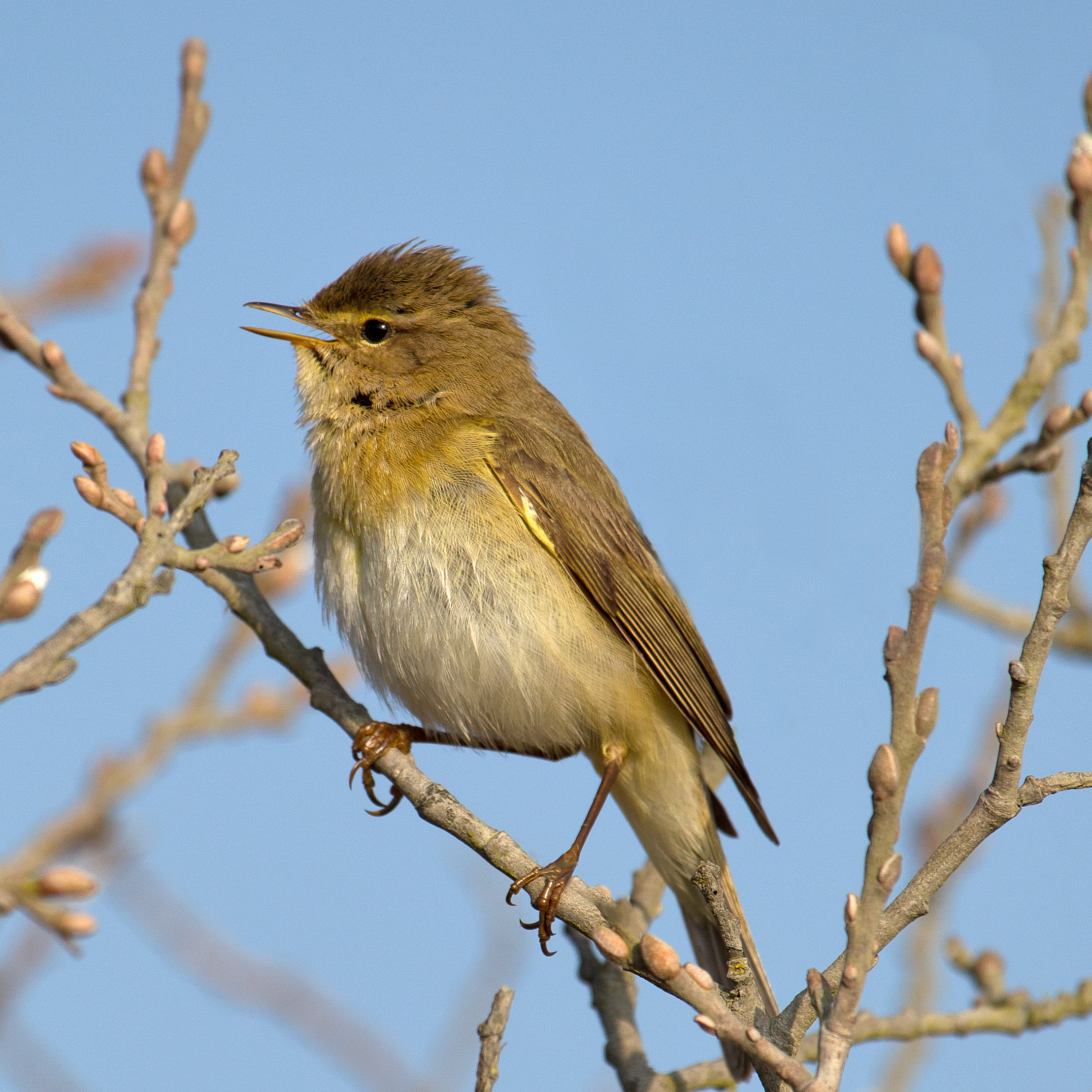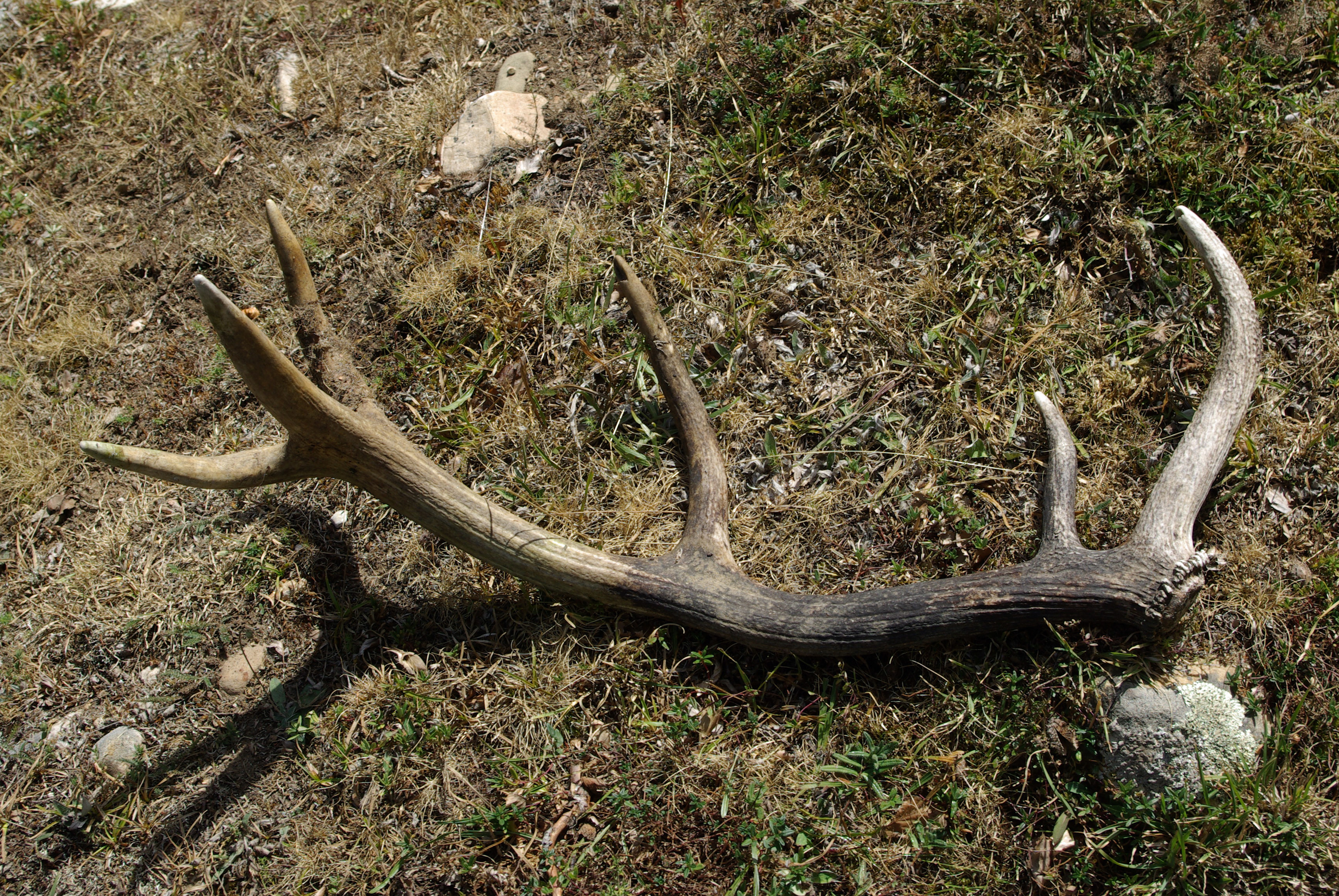Last weekend we finished off our black grouse surveying for this season.
Black grouse (
Tetrao terix) are an upland species, usually found somewhere between 250 to 500 meters altitude on heath and farmland, usually near trees or other forestry which they use for shelter. The males display to compete for the attention of females and gather together on areas of open ground to show off their prowess. The site where the grouse congregate and display is known as a
'lek.' Females also gather at these leks and will select the top male to mate with.
 |
Two Black grouse males lekking on Atholl Estates.
Photo: C. Gilhooley
|
Although black grouse are
not considered to be threatened as a species, numbers of black grouse have declined in the UK and the bird is now completely gone from many of the sites where it would have formerly lived. The decline of the species in the UK is largely due to habitat loss and disturbance as well as predation from foxes and crows, etc. Perthshire and the Cairngorms National Park however remains a stronghold for the black grouse and the numbers are thought to have been increasing in recent years.
The surveying that we carried out meant that we had to be up to observe the lek sites and count the number of males in attendance in the very early morning, at around dawn. The highest number of grouse that we counted at an individual lek site was 30 but leks of 8 to 12 were also common. In Russia, gatherings of 150 are not uncommon - this must be a very noisy congregation as the loud, bubbling call of the male can carry for up to a kilometer and appear very noisy in the quiet of the early morning. During the display the cock (male bird) crouches down and fans his lyre-shaped tail to display his striking white under-tail feathers while partially spreading his wings and inflating his vivid red
wattles (the red protuberances above the eyes).
Our count data will be collected by the Perthshire Black Grouse Study Group and when everyone involved has submitted their figures we will be able to get an accurate picture of how the population is doing this year. The reason that we won't know for sure until all the numbers are in, is because the lek sites and the sites that individuals attend can vary each year.
If you'd like to find out more about the studies of black grouse, or know of black grouse in your area and would like to get involved with counts there's plenty of information available at the
Black Grouse UK website.
















_park.JPG)













+001.JPG)
+003.JPG)







.jpg)





